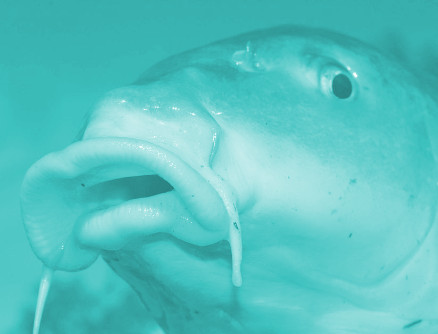Victoria marks stocking spree
 Fish stocking in Victoria continues to boost native species.
Fish stocking in Victoria continues to boost native species.
The Victorian Government has released a record number of trout cod and Macquarie perch into regional waterways.
The initiative aims to restore these threatened species while promoting recreational fishing across the state.
Minister for Outdoor Recreation and Environment, Steve Dimopoulos, has announced the stocking of 141,000 trout cod and nearly 100,000 Macquarie perch into 11 waterways, supported by a $15 million hatchery expansion program.
This year’s effort marks the largest release since 2001 and includes the reintroduction of trout cod to rivers like the Campaspe and Kiewa, where they have been absent for decades.
The Kiewa River, a focus of the program, received 30,000 trout cod and an equal number of Macquarie perch.
Macquarie perch, which disappeared from the river in 1939, are being prioritised through habitat restoration and research led by the Victorian Fisheries Authority (VFA).
A breakthrough in breeding practices has allowed for the first use of male Macquarie perch raised at Snobs Creek to fertilise wild eggs, potentially reducing dependence on wild populations.
“Record stocking of trout cod is another important step towards the recovery of this threatened species, which was once common in Victoria’s northeast rivers,” Mr Dimopoulos says.
The government’s broader efforts include releasing over 66 million fish since 2014, benefiting recreational fishers and communities reliant on tourism.
Lakes such as Eppalock, Eildon, and Rocklands Reservoir have seen growing fish numbers, offering year-round opportunities for anglers.
Meanwhile, the Victorian Fisheries Authority is addressing threats to native species, such as the invasive European carp, through methods including electro-fishing and commercial harvesting.
Despite the removal of 130 tonnes of carp from Lake Toolondo, carp populations are at historic highs due to conditions following the 2022 floods.
Efforts to introduce a carp-specific herpesvirus as a biological control are awaiting federal approval.








 Print
Print